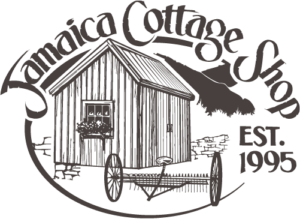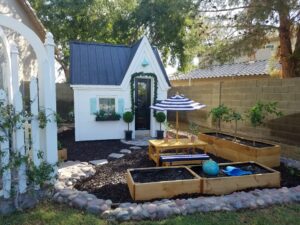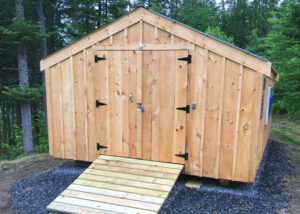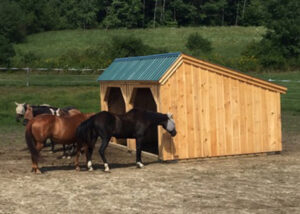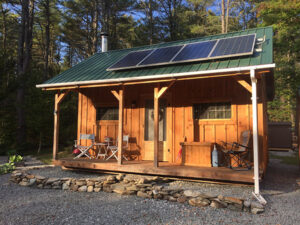
When the warmer seasons come, many people look forward to getting outside in their garden and planting a beautiful bounty of flowers and vegetables. What you choose to grow in your yard will influence how much maintenance it will need, and how well your plants thrive. If you want to plant a garden that is low maintenance, beautiful, and earth-friendly, we recommend planting wildflowers. We all know that wildflowers are beautiful, but there are many additional benefits to growing a wildflower garden on your property. Here’s an overview of why we love wildflower gardens, and how to start one on your property.
Save Money by Choosing Wildflowers

While most people choose to plant wildflowers for their aesthetic beauty, there are financial benefits to including them in your garden. The first benefit to choosing wildflowers over other kinds of plants is their decreased maintenance costs. Wildflowers are typically adapted to your local climate and soil type, unlike non-native plants that you might buy at a garden shop or nursery. This means that they are pre-programmed to thrive without a lot of intervention. While a traditional garden may need a lot of watering, fertilizing, pest control, and weeding, a wildflower garden will need much less care and maintenance. The less you spend on water, pesticides, and fertilizer, the more you save!
Another way choosing wildflowers saves you money is that they are typically inexpensive compared to other garden plants. Wildflower seeds usually come in a mixture, so you don’t need to buy every single type of plant separately. Additionally, a ¼ pound bag of wildflower mix can contain as many as 120,000 wildflower seeds and cover 500 square feet of your garden. One last financial benefit that wildflowers have is that they typically supply blooms constantly through the growing season, making them perfect for cutting into bouquets. You’ll save money by choosing to put your wildflowers on the table rather than pre-cut flowers. And if you’re growing a nice healthy patch of wildflowers, picking some for your home won’t thin out your garden much.
Wildflowers are an Earth-Friendly Option
A garden of wildflowers can help you support your local ecosystem in a number of ways. Choosing regionally appropriate wildflowers to plant can promote biodiversity and preserve habitats for a number of plant and animal species. Wildflowers are attractive to pollinators such as bees, butterflies, and hummingbirds, providing them with a valuable food source. Interestingly enough, studies have shown that pollinators typically collect more pollen and nectar from plants that are native to their environment. Pollinators are a vital part of our ecosystem and are needed for all kinds of plants, vegetables, and fruits to thrive. If you grow your own vegetables, wildflowers will attract pollinators in abundance, making sure your crops are visited by bees and butterflies too. Having pollinators present in your garden promotes its health as well as the health of our local environment.

Wildflowers are good for the environment for some of the same reasons as they are good for your wallet. Because wildflowers grow well with minimal intervention, you will spare a lot of resources in their maintenance and upkeep. Wildflowers typically require less water than non-native plants, and saving fresh water is an environmentally friendly way to garden, especially if you live in a drought-prone area. Additionally, wildflowers need little pesticide application to thrive. While pesticides may help plants in your garden, they are horrible for our ecosystem and kill beneficial insects as well as pests. Finally, wildflowers don’t need much fertilizer. Artificial fertilizers are bad for the environment in two ways: they are not environmentally friendly to produce, and they can run off into water bodies when it rains, negatively impacting the ecosystems of lakes and rivers. Wildflowers need only a little bit of care: water occasionally during dry spells, and fertilize them with natural fertilizers like worm castings, and they’ll be good to grow!
Did you know that having wildflowers can help migrating animals? Ecologists agree that animal populations are healthier and more numerous when there are more patches of natural habitat that they can use as corridors for travel. Wildflowers can help improve land connectivity for migrating insects and birds. As cities and suburbs get bigger, there are fewer places for animals to stop, rest, and refuel. When you devote a sizable area of your garden to wildflowers, you create a habitat that will help tired butterflies find a place to rest and sip nectar before continuing their journey. You’ll also create a space that is rich in insect life, and small birds will appreciate the abundant food source they provide. Having a wildflower garden is a win for wildlife of all kinds.
Growing a Wildflower Garden
Starting a wildflower garden really is easy! Just follow these basic steps to create a vibrant and ecologically friendly garden that is bursting with beauty!
🌸 💐 🌼 🌿🌻
📍 Choose the Right Location: Start by selecting a sunny area in your garden that receives at least six hours of direct sunlight each day. Most wildflowers thrive in full sun, although some varieties can tolerate partial shade. Ensure the soil is well-draining and free from weeds to give your wildflowers the best chance of success. If the area you’ve selected is currently covered in weeds or grass, you can perform solarization to clear your patch. Just take clear plastic sheeting and lay it over the area, holding it down with stones or bricks. Leave it to bake for 6-8 weeks, and it will clear out all the vegetation and most of the dormant seed.
👩🏻🌾 Prepare the Soil: Prepare the soil by removing any existing vegetation and gently rake the area to loosen the top layer. While wildflowers are adaptable, you can improve the soil’s fertility by adding organic matter such as compost or well-rotted manure. Avoid using synthetic fertilizers, as wildflowers are generally resilient and do not require heavy feeding.
💐 Choose Native Wildflowers: If you want your wildflower garden to benefit local ecosystems, this step is very important. Select native wildflowers that are well-suited to your region’s climate and soil conditions. Native plants have co-evolved with local wildlife and are more likely to thrive in your garden. Consider factors such as bloom time, color palette, and height variation to create an aesthetically pleasing and diverse display. Popular choices include Black-eyed Susans, Coneflowers, Lupines, and California Poppies, but do some research to find the best options for your area. Wildflower mixes are available that are tailored to your region are readily available. Just search for the name of your state, plus wildflower mix, and you will find a beautiful and environmentally appropriate blend of flowers that will thrive in your climate.
𓇢 Sow or Plant the Seeds: Depending on the wildflower species you choose, you can either sow the seeds directly into the prepared soil or start with nursery-grown seedlings. For direct sowing, scatter the seeds evenly over the soil surface and gently press them down. Some people put their seeds in salt shakers to help scatter and evenly distribute the seeds. You can also pre-mix the seeds with a little bit of soil to help with a more even, sparse coverage. Water the area lightly to help the seeds settle into the soil. If you use seedlings, dig small holes and place them at the recommended spacing, and ensure they are planted at the same depth as in their nursery containers.
🌼 Provide Care and Maintenance: Water your wildflower garden regularly, especially during the establishment period. Once the plants are established, they generally require less water and are more drought-tolerant. Avoid using herbicides or pesticides, as they can harm beneficial insects and disrupt the natural balance of the garden. Instead, embrace any natural pest control measures, such as attracting beneficial insects or handpicking pests if necessary. For example, you can introduce insects like ladybugs to help control aphids.
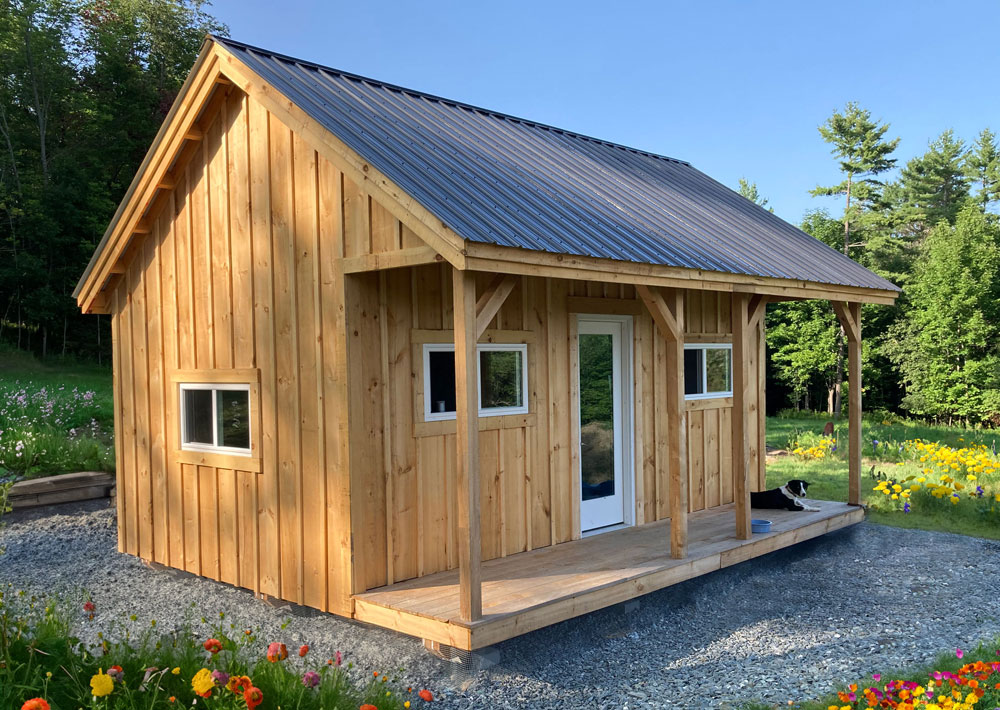
A Last Word on Wildflowers
Growing a wildflower garden is a rewarding and eco-friendly endeavor that allows you to bring the beauty of nature closer to home. By providing habitat for pollinators, embracing biodiversity, and conserving resources, you contribute to the well-being of the environment. Plus, the aesthetics of wildflower gardens bring a rustic and natural appeal that goes perfectly with cottages, cabins, and homesteads. So, roll up your sleeves, sow those seeds, and watch your wildflower garden bloom into a tapestry of colors, textures, and life. Get ready to witness the magic and tranquility that only a wildflower garden can provide.
Cover Photo by Leslie Bowman via Unsplash

